Dear All,
I wrote the GMAT Focus mock so that you have more insights into the exam pattern, question types, scoring scales, and more! Below are my findings:
1. First and foremost, the Graduate Management Admission Council™ (GMAC™) has done a great job with their #gmatfocus mock tests, with two new mocks with entirely #NEW! question banks. Although the latest Official Guide is only a reduction of the earlier edition, the GMAT Focus mocks are a far cry from this and include all of the modifications as promised by the #GMAC; kudos to the GMAC!
2. You can 𝒄𝒉𝒐𝒐𝒔𝒆 from SIX possible variations in which to write the exam, starting with either Quant or Verbal or DI (and the subsequent permutations). The DI section includes (now) IR and DS questions (20 questions, 45 minutes), the Quant section includes 21 questions (45 minutes), and the Verbal section includes 23 questions (45 minutes).
3. You get 𝒐𝒏𝒍𝒚 𝒐𝒏𝒆 optional 10-minute break in the whole exam, which can be availed after the completion of any one FULL section. This means that (at least) two sections contributing to the scaled composite score have to be solved without any breaks. This might be a slight dampener, since the current GMAT allows for 2 (8-minute) breaks, usually availed before the start of the Quant and Verbal sections, the two sections that make up the composite score. In some ways, the GMAT Focus demands 𝒎𝒐𝒓𝒆 𝒇𝒐𝒄𝒖𝒔, 𝒄𝒐𝒏𝒄𝒆𝒏𝒕𝒓𝒂𝒕𝒊𝒐𝒏, 𝒂𝒏𝒅 𝒔𝒕𝒂𝒎𝒊𝒏𝒂, despite being marketed as a “friendlier” version of the current GMAT (DO NOT fall for gimmicks :-))
4. The analytics (attached) that you get at the end of the exam are phenomenally world-class, with detailed insights into “content domain” for Data Insights, and “fundamental skills” for Quant and Verbal. The test also comes with an inbuilt countdown timer, which is activated when there are 5 minutes left for a particular section. You also have the ability to change up to 3 questions per section, although you have to wait until the end of the section before you are able to change/edit your answers. While changing your answer, you will be prompted again to confirm the change or preserve your original choice. There is also analytics — labeled ‘Time Performance Index‘ — to show how you responded to time pressure during the different stages of a specific section (at different questions). Although it appears to be a “fancy” feature, I am not convinced of its usefulness for the test-taker.
5. The Integrated Reasoning questions were quite time-consuming, and I found myself racing against the clock in the Data Insights section. Perhaps this could be explained by the fact that I had not practiced IR questions for some time. I did not face the same time challenge in either Quant or Verbal, which I finished with around 7-8 minutes to spare.
6. While some have predicted that the GMAT Focus would become more like the “CAT” (with the removal of Sentence Correction) and the importance of the Verbal section would decline, this most certainly does not seem to be the case. For example, the number of Reading Comprehension items stays at 14 (with Critical Reasoning accounting for the 9 remaining items), and there were 4 passages across the test.
7. Increased focus on conditional statements in CR and RC, and other logical frameworks in CR. Expect one boldfaced question in CR too. Good Verbal skills remain fundamental to scoring well on the GMAT Focus, as there will be a fair amount of reading and comprehension involved — these skills will also be tested in the now-graded IR items.
8. The average timing per question for the Data Insights section comes out to 2.25 minutes/question; considering that this section comprises 12 Integrated Reasoning and 9 Data Sufficiency questions and that the average time allocated for an IR question on the current GMAT is 2.5 minutes/question (12 questions, 30 minutes), this leaves around 15 minutes of time to attempt the 9 Data Sufficiency questions – a tricky proposition. This piece of information is all the more important since I have seen many a student struggle to finish the IR section within the time limit due to the labyrinth and complexity of information from 2 or more sources, arguments, and so on. However, the scaled score percentile system is exceptionally liberal for the Data Insights section, perhaps to account for the increased complexity of the section as a whole. 3 mistakes fetch you a score of DI84, the 98th%ile.
9. The average timing per question has increased in the Quant section from 120 seconds/question to nearly 128 seconds/question, an increment of nearly 7%. There are no hidden “trickeries” here — this increment will be objectively beneficial to the test taker, allowing more time for a smaller number of questions. However, the one downside remains in terms of the scoring percentiles for Quant – 2 mistakes drops your score to a Q86, the 92nd %ile (which is still an improvement from the corresponding 85-86th%ile that one would get for a Q50 score for the same number of mistakes, but the improvement pales in comparison to the percentile gains and grades available in the Verbal and DI sections). Interestingly, there were some questions on the quaint topics of Domain and Ranges
10. The average timing per question has increased in the Verbal section from 108 seconds/question to 117 seconds/question, an increment of nearly 8%. There are, however, some non-insignificant changes to the question types here — the much talked about Sentence Correction section, comprising ~37% of the current GMAT, is now gone. Sentence Correction questions, although their perceived difficulty, can be easily solved within an average of 90-100 seconds, provided one is comfortable with advanced grammar. The time increment (per question) on the Verbal section may not be “objectively better”. The importance of active reading, logical frameworks, and elimination will become extremely important. The Verbal scoring scale, however, is fairly liberal – 1 mistake gives you a V87 (99th %ile) , and 5 mistakes gives you a mind-boggling V84 (96th%ile). Clearly, the algorithm rewards the test taker for strong Verbal skills, but also takes into account the overall difficulty of the section.
I am yet to figure out how the scaled scores in the individual sub-sections aggregate to the composite, and whether any one (or more) sections have a heavier weight than the others. I will research this topic more.
So there it is – a long-winded de-brief of my GMAT Focus mock attempt(s) on the 1st and 2nd of October respectively. If you have any queries or would like to know more about my test experience, please feel free to message me or drop me an email at paramjit.k.das@gmail.com. I hope that my de-brief and experience writing the GMAT Focus Official mock will be beneficial to you, and will motivate you to score a 715+ on the GMAT Focus as well.
Happy prepping!
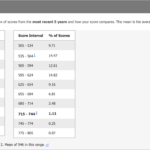
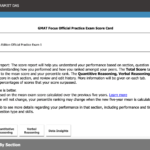
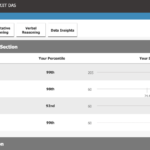
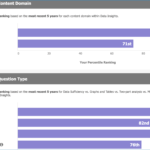
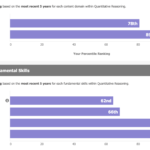
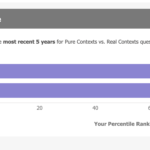
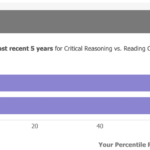
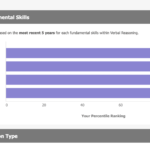
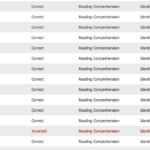
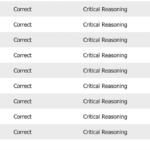
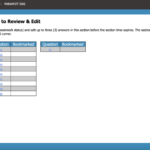
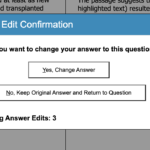
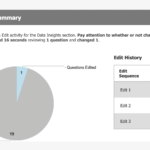
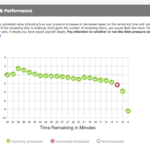
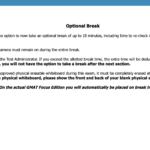
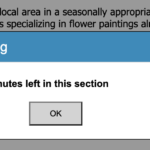
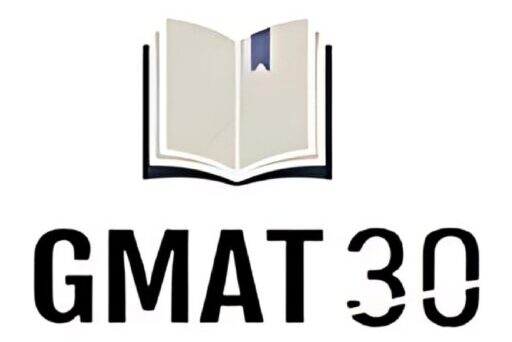







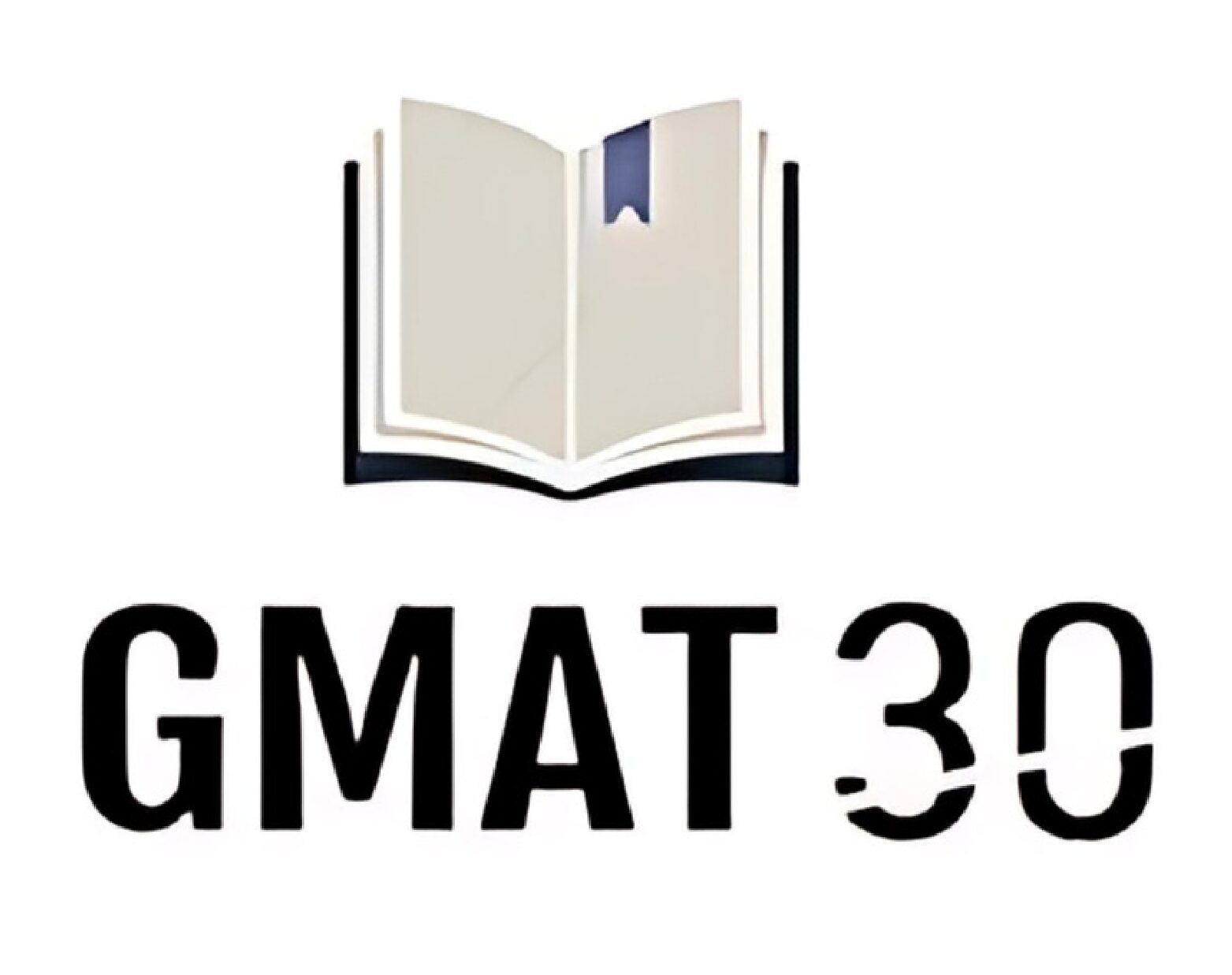
One Response